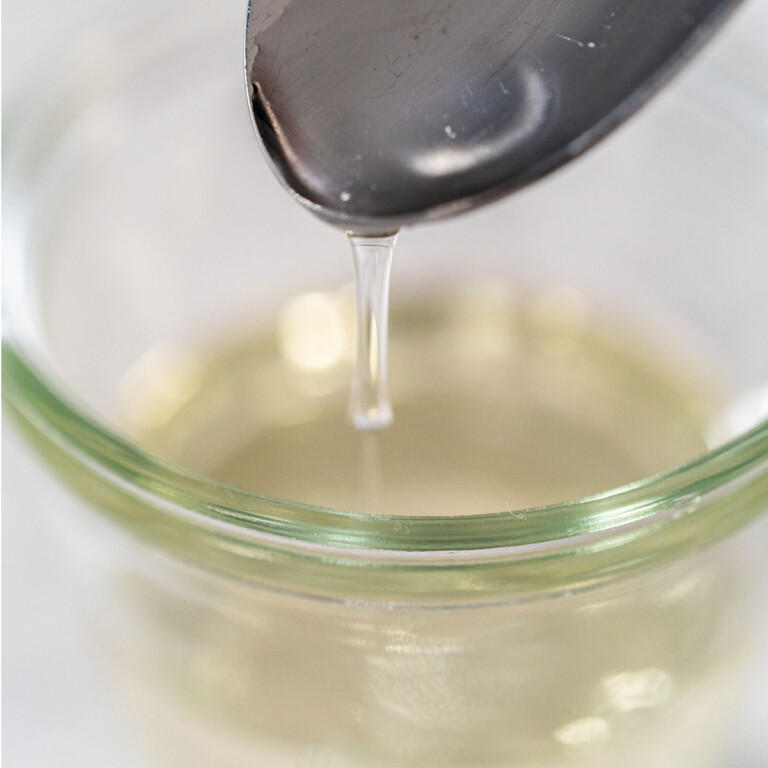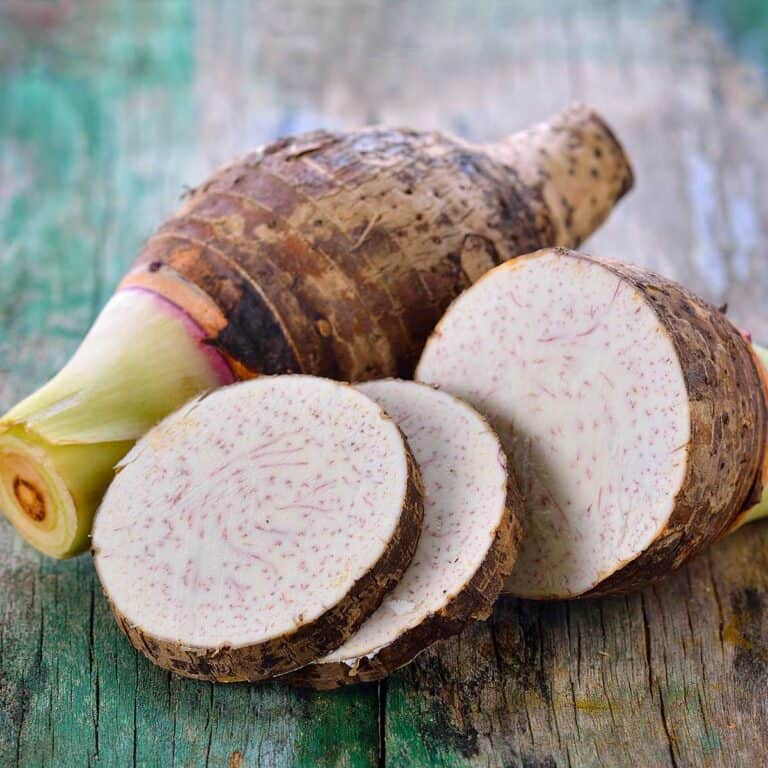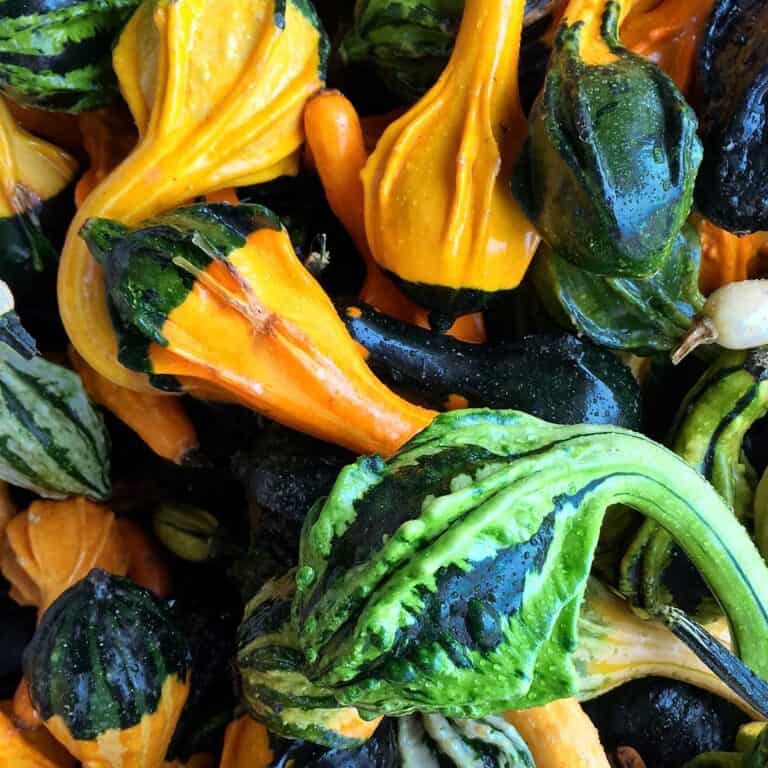25 Amazing Health Benefits of Red Cabbage
This post may contain affiliate links. If you make purchase after clicking a link, I may receive a commission at no extra cost to you.
Last Updated on August 22, 2023
There are some great health benefits of red cabbage. This nutrient-dense cruciferous veggie is loaded with essential minerals and vitamins and is a great addition to a healthy diet. From immune-boosting properties and detoxification benefits to protection for your brain and cognitive function, the list is long! Read on to learn more about how red cabbage can benefit your health.
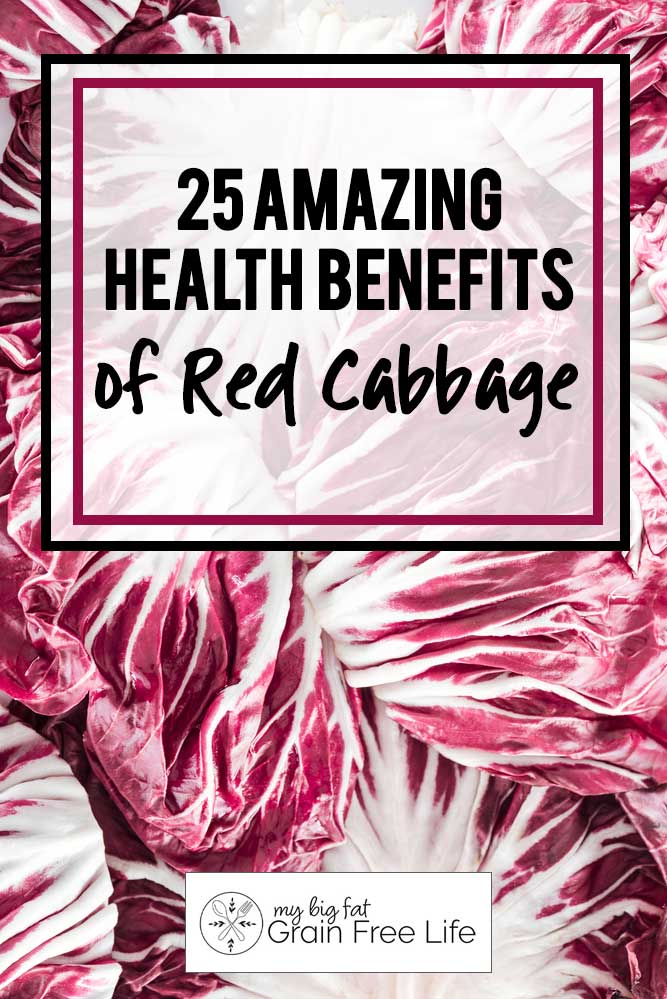
Health Benefits of Red Cabbage
Red cabbage contains loads of health benefits. It’s rich in nutrients, vitamins, minerals and can help to promote good health. Cabbage is even considered a superfood and you can also benefit from their microgreens.
From building bone strength and aiding in healing, to promoting a healthy gut, digestion and a strong heart, the benefits of eating red cabbage are huge.
What is Red Cabbage?
Red cabbage, also known as purple cabbage, is a cruciferous vegetable that belongs to the Brassica family, which also includes broccoli, cauliflower, Brussels sprouts, kale, and leafy greens like collard greens.
It is characterized by its vibrant purple color and dense, leafy structure. This nutritious vegetable is packed with essential vitamins, minerals, and antioxidants, making it a popular choice for health-conscious individuals.
Red Cabbage Nutrition Facts
Just one cup up red cabbage contains the following:
- Calories: 22
- Total Fat: 0.2g
- Saturated Fat: 0.1g
- Trans Fat: 0g
- Cholesterol: 0mg
- Sodium: 28mg
- Total Carbohydrate: 5g
- Dietary Fiber: 2g
- Total Sugars: 3g
- Added Sugars: 0g
- Protein: 1g
- Vitamin D: 0mcg
- Calcium: 36mg
- Iron: 0.5mg
- Potassium: 216mg
Red Cabbage Nutrition
This low-calorie food is packed with essential vitamins and minerals. A single cup (89g) of red cabbage contains only 22 calories, making it an excellent choice for those watching their calorie intake.
In terms of fat content, red cabbage is extremely low, with just 0.2g per cup. Red cabbage is also cholesterol-free, making it a great option for individuals looking to manage their cholesterol levels.
It contains a modest amount of sodium (28mg), which is important to keep in mind for individuals on restricted sodium diets.
Carbohydrates in red cabbage are relatively low, with 5g per cup. This veggie is an excellent source of dietary fiber, providing 2g per serving. Fiber aids in digestion, helps regulate blood sugar levels, and promotes a feeling of fullness.
Red cabbage contains natural sugars, with a total of 3g per cup.
It contains no vitamin D but provides 36mg of calcium, which is crucial for maintaining strong bones and teeth. Additionally, it contains 0.5mg of iron, an important mineral for oxygen transport in the body. Furthermore, red cabbage is a good source of potassium, providing 216mg per cup, which helps regulate blood pressure and supports proper muscle function.
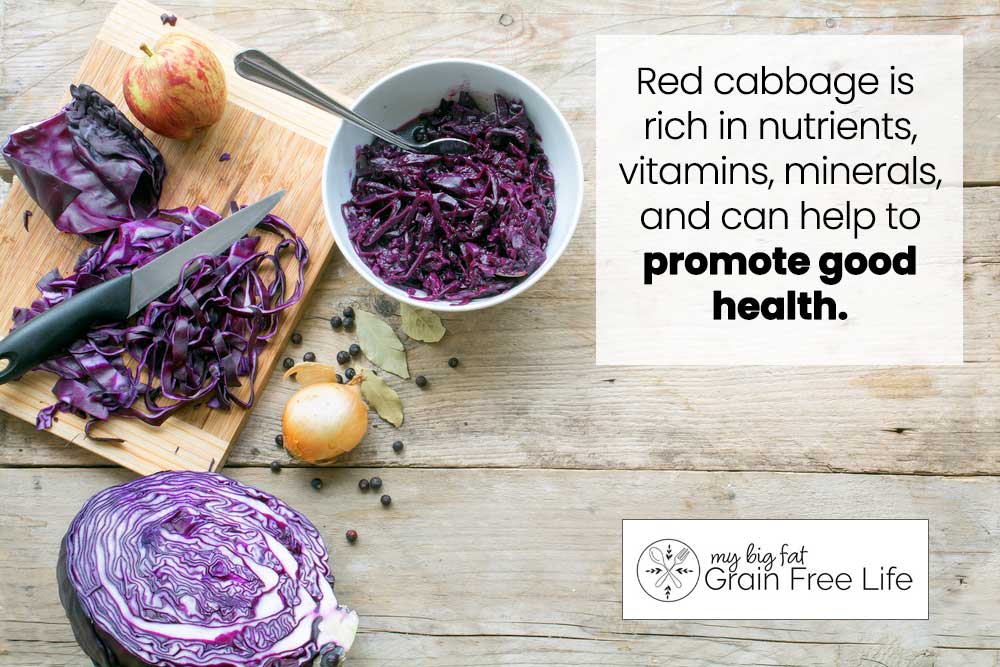
Health Benefits of Red Cabbage
Incorporating red cabbage into your diet has some great health benefits. Its low-calorie content, negligible fat, and abundance of vitamins and minerals make it a versatile and healthy option for anyone seeking to maintain a nutritious lifestyle. It’s also compliant for the autoimmune protocol.
Take a look at all the health benefits of red cabbage.
Rich in Nutrients
Packed with essential vitamins, minerals, and antioxidants, red cabbage offers a range of health benefits. Red cabbage is a rich source of vitamin C, which boosts your immune system and promotes collagen production for healthy skin.
Additionally, it contains vitamin K, which supports proper blood clotting and bone health.
Red cabbage is also a good source of dietary fiber, aiding in digestion and promoting a healthy gut. It provides a decent amount of potassium, an important mineral that helps regulate blood pressure and supports heart health.
High in Nutrients
Red cabbage is packed with essential vitamins and minerals, including vitamin C, vitamin K, and potassium, which promote overall health and well-being.
Contains Antioxidants
Red cabbage is packed with powerful antioxidants, such as anthocyanins. These antioxidants help protect your cells from damage caused by harmful free radicals, reducing the risk of chronic diseases.
Loaded With Minerals
It contains an array of essential minerals, including potassium, calcium, and magnesium. These minerals play a vital role in maintaining healthy bones, regulating blood pressure, and supporting proper muscle function.
Rich in Vitamins
Purple cabbage is rich in vitamins, particularly vitamin C. In fact, a single cup of raw red cabbage contains approximately 85% of the recommended daily intake of vitamin C. This vital nutrient plays a crucial role in supporting a healthy immune system, promoting collagen production, and assisting with wound healing.
High Fiber Content
It’s is an excellent source of dietary fiber. Consuming adequate amounts of fiber can support digestive health, prevent constipation, and promote a feeling of fullness, which may aid in weight management.
Low Calorie Food
Red cabbage is a low-calorie food, making it an excellent choice for those watching their caloric intake. One cup of raw red cabbage contains only about 28 calories, making it a great addition to a balanced diet.
Boosts Immune System
Packed with immune-boosting antioxidants, red cabbage helps strengthen your body’s defense system and fight off illnesses.
Contains Powerful Plant Compounds
Red cabbage is a nutritional powerhouse that contains powerful plant compounds have been linked to reducing the risk of chronic diseases such as heart disease and certain types of cancer.
Anti-inflammatory
Red cabbage contains compounds with anti-inflammatory properties, such as sulforaphane. These compounds may help reduce inflammation in the body, potentially benefiting conditions like arthritis and other inflammatory diseases.
May Promote Heart Health
Red cabbage can contribute to heart health by providing antioxidants, dietary fiber, and potassium. By incorporating this nutritious vegetable into your diet, you can support your cardiovascular system and take a proactive step towards maintaining a healthy heart.
Helps Build Strong Bones
Rich in vitamin K and calcium, red cabbage helps maintain strong bones and may reduce the risk of osteoporosis.
May Provide Protections Cancer
Red cabbage contains phytochemicals, such as sulforaphane and indole-3-carbinol, which have been associated with a decreased risk of certain cancers, including colon, breast, and lung.
Promotes Healthy Gut
Red cabbage contains fiber, beneficial nutrients, and supports digestive health in several ways.
First, the high fiber content in red cabbage helps to regulate bowel movements and prevent constipation. This can contribute to a healthier gut by reducing the risk of digestive issues and discomfort.
Furthermore, red cabbage contains a compound called glucosinolates, which has been shown to have anti-inflammatory properties. Inflammation in the gut can disrupt the balance of bacteria and lead to various digestive disorders. By reducing inflammation, red cabbage helps to maintain a healthy gut environment.
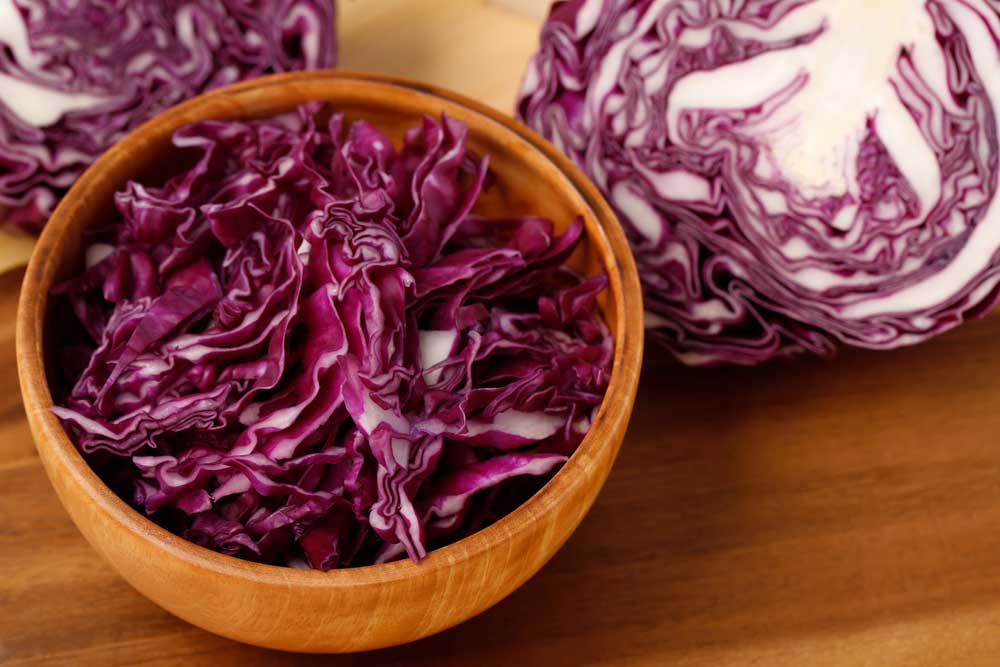
Aids in Digestive Health
Loaded with fiber, red cabbage aids in digestion, promotes regular bowel movements, and supports a healthy gut microbiome.
May Contain Antiaging Properties
One of the key compounds found in red cabbage is anthocyanins, which give it its deep red hue. These antioxidants have been shown to protect the skin from oxidative stress caused by environmental factors such as pollution and UV radiation.
Additionally, anthocyanins promote collagen production, which is essential for maintaining the elasticity and firmness of the skin.
May Help Enoucrage Healthy Cholesterol Levels
The key to red cabbage’s cholesterol-lowering properties lies in its high fiber content. Fiber plays a crucial role in reducing the levels of LDL (low-density lipoprotein) cholesterol, also known as bad cholesterol, in the bloodstream. By binding to LDL cholesterol, fiber helps remove it from the body, preventing its accumulation and reducing the risk of heart disease.
May Aid in Healing
The anthocyanins in red cabbage give it strong anti-inflammatory and antioxidant properties. By reducing oxidative stress and inflammation in the body, red cabbage can aid in the healing process.
Furthermore, red cabbage is a great source of vitamin C, which plays a crucial role in collagen production. Collagen is essential for wound healing and tissue repair.
Additionally, red cabbage contains vitamin K, which is known for its blood clotting properties. This vitamin helps in the formation of blood clots, preventing excessive bleeding and aiding in the healing of wounds.
Promotes Eye Health
The abundance of beta-carotene, vitamin C, and anthocyanins in red cabbage supports good vision and protects against age-related macular degeneration.
May Help Defend Against Alzheimer’s Disease
Red cabbage contains vitamins K and E, which have been associated with improved cognitive function and a reduced risk of Alzheimer’s disease. Moreover, red cabbage is an excellent source of fiber, which promotes a healthy gut microbiome.
Recent studies have shown a strong connection between gut health and brain function, indicating that maintaining a balanced gut flora may play a role in reducing the risk of neurodegenerative diseases such as Alzheimer’s.
Promotes Cognitive Function
In addition to its antioxidant and anti-inflammatory properties, red cabbage is rich in other nutrients that support brain health.
Aids in Promoting Healthy Nerve Function
Vitamin K is crucial for maintaining healthy nerve function and preventing damage, and you guessed it – red cabbage has it.
Aids in Weight Control
With its low calorie and high fiber content, red cabbage is an excellent addition to a balanced diet, helping you feel full and satisfied while managing your weight.
Red Cabbage Aids in Detoxification
Red cabbage contains compounds that support liver function and aid in the body’s natural detoxification processes.
Reduced Diabetes Risk
One key factor that contributes to its diabetes-fighting properties is its high fiber content.
Red cabbage is rich in dietary fiber, which aids in slowing down the digestion and absorption of carbohydrates. This, in turn, helps prevent sudden spikes in blood sugar levels after meals, reducing the risk of developing type 2 diabetes.
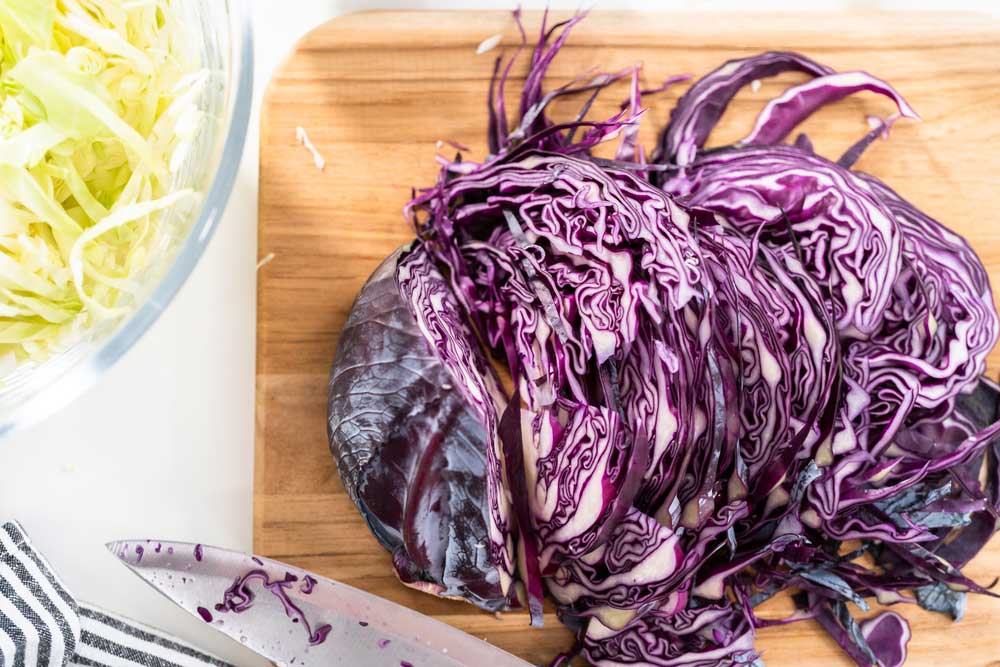
Other Uses & Benefits for Cabbage
There are some other benefits and uses for red cabbage.
Reduced Breastfeeding Discomfort
As odd as it sounds, you can use cabbage leaves for mastitis and engorgement.
Start by placing clean, cold cabbage on engorged breasts to help draw some of the milk out and reduce pain and hardness. This can provide some relief when engorgement is an issue. You’ll want to be sure to use lots of nursing pads to soak up the extra milk.
If you want to continue breasfeeding, keep in mind that cabbage leaves are a common way to dry up breasts from milk, so use caution to not overuse.
Natural Food Dye
A natural alternative for synthetic food coloring is red cabbage, which can be used as a safe food dye. You start by cleaning the cabbage and then boiling it in water for about 30 minutes.
Allow the water to cool before straining the liquid, collecting the purple dye. Transfer the dye into a clean, airtight container, preferably glass, to prevent any cross-contamination or flavor transfer.
Store the dye in the refrigerator for up to two weeks, ensuring it remains sealed to maintain its potency.
Ways to Cook Red Cabbage
There are lots of red cabbage recipes that can inspire different ways to cook it. Here are some of the most commons ways to cook red cabbage:
1.) Braised Red Cabbage: This method brings out the natural sweetness and adds a tangy flavor to the cabbage.
2.) Red Cabbage Slaw: A refreshing and crunchy slaw is perfect as a side dish or a topping for burgers and tacos.
3.) Roasted Red Cabbage: Roasting intensifies the flavors and results in a delicious caramelized taste.
4.) Red Cabbage Stir-Fry: Stir-frying retains the cabbage’s vibrant color and crisp texture.
5.) Pickled Red Cabbage: This tangy and crunchy condiment is a great addition to sandwiches, salads, or even tacos.
6.) Addition to Soups: Adding cabbage to soups, such as my beef and cabbage soup recipe, can help increase the amount of cabbage you squeeze into your diet.
Different Types of Red Cabbage
You can typically find cabbage in three different types: fresh, fermented, and pickled. Sauerkraut is a common way you’ll find cabbage in the grocery store. Kimchi is another popular way to use cabbage that is fermented with vegetables.
Substitutes for Red Cabbage
You can normally substitute green cabbage when a recipe calls for red or purple cabbage.
Red Cabbage Vs. Green Cabbage
Green cabbage and red cabbage offer distinct health benefits. Red cabbage boasts higher antioxidant content, while green cabbage is a rich source of Vitamin K and folate.
Both red and green cabbage are low in calories and high in water content, making them ideal for weight management. They are also rich in minerals like potassium and calcium, which contribute to proper muscle and nerve function, as well as bone health.
Incorporating both varieties into your diet can provide a wide range of essential nutrients and contribute to a healthy lifestyle.
How to Buy & Prepare Red Cabbage
1.) Choose a fresh, firm red cabbage from your local farmers’ market or grocery store.
2.) Thoroughly wash the cabbage under running water to remove any dirt or impurities.
3.) Remove the outer leaves and cut the cabbage into small pieces, ensuring the core is discarded.
How to Store Red Cabbage
To store red cabbage effectively, follow these simple steps:
1.) Remove any loose or damaged leaves from the cabbage head.
2.) Rinse the cabbage thoroughly under cool running water.
3.) Pat the cabbage dry with a clean towel or paper towels.
4.) Wrap the cabbage tightly in plastic wrap or place it in a resealable plastic bag.
5.) Store the wrapped cabbage in the refrigerator’s crisper drawer.
6.) Ensure the temperature stays consistently between 32°F (0°C) and 40°F (4°C).
7.) Red cabbage can remain fresh for up to 2 weeks when stored properly.
Is Red Cabbage Safe for Everyone?
Red cabbage is generally safe for everyone to consume, however, people who are taking blood thinners should avoid red cabbage because the Vitamin K in it helps support clotting of blood.
Additionally, if someone has an allergy to mugwort, cabbage could cause pollen-allergy symptoms.
Cabbage Side Effects
Excessive consumption of red cabbage may cause flatulence, diarrhea, or carbohydrate malabsorption.
Sources:
- https://www.medicinenet.com/8_impressive_benefits_of_purple_cabbage/article.htm
- https://www.webmd.com/diet/health-benefits-red-cabbage
- https://www.healthline.com/nutrition/purple-cabbage#TOC_TITLE_HDR_7
- https://fdc.nal.usda.gov/fdc-app.html#/food-details/169977/nutrients



